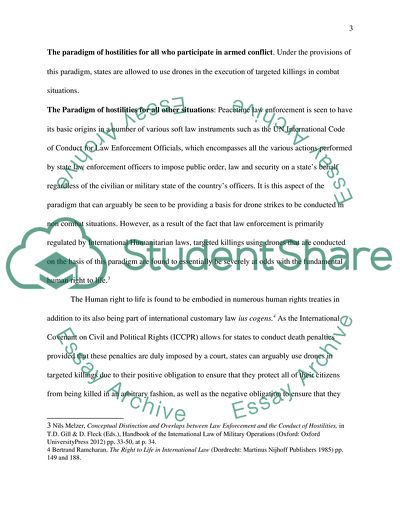Cite this document
(The Use of Drones for Targeted Killing Coursework, n.d.)
The Use of Drones for Targeted Killing Coursework. https://studentshare.org/law/1828976-the-use-of-drones-for-targeted-killing
The Use of Drones for Targeted Killing Coursework. https://studentshare.org/law/1828976-the-use-of-drones-for-targeted-killing
(The Use of Drones for Targeted Killing Coursework)
The Use of Drones for Targeted Killing Coursework. https://studentshare.org/law/1828976-the-use-of-drones-for-targeted-killing.
The Use of Drones for Targeted Killing Coursework. https://studentshare.org/law/1828976-the-use-of-drones-for-targeted-killing.
“The Use of Drones for Targeted Killing Coursework”. https://studentshare.org/law/1828976-the-use-of-drones-for-targeted-killing.


